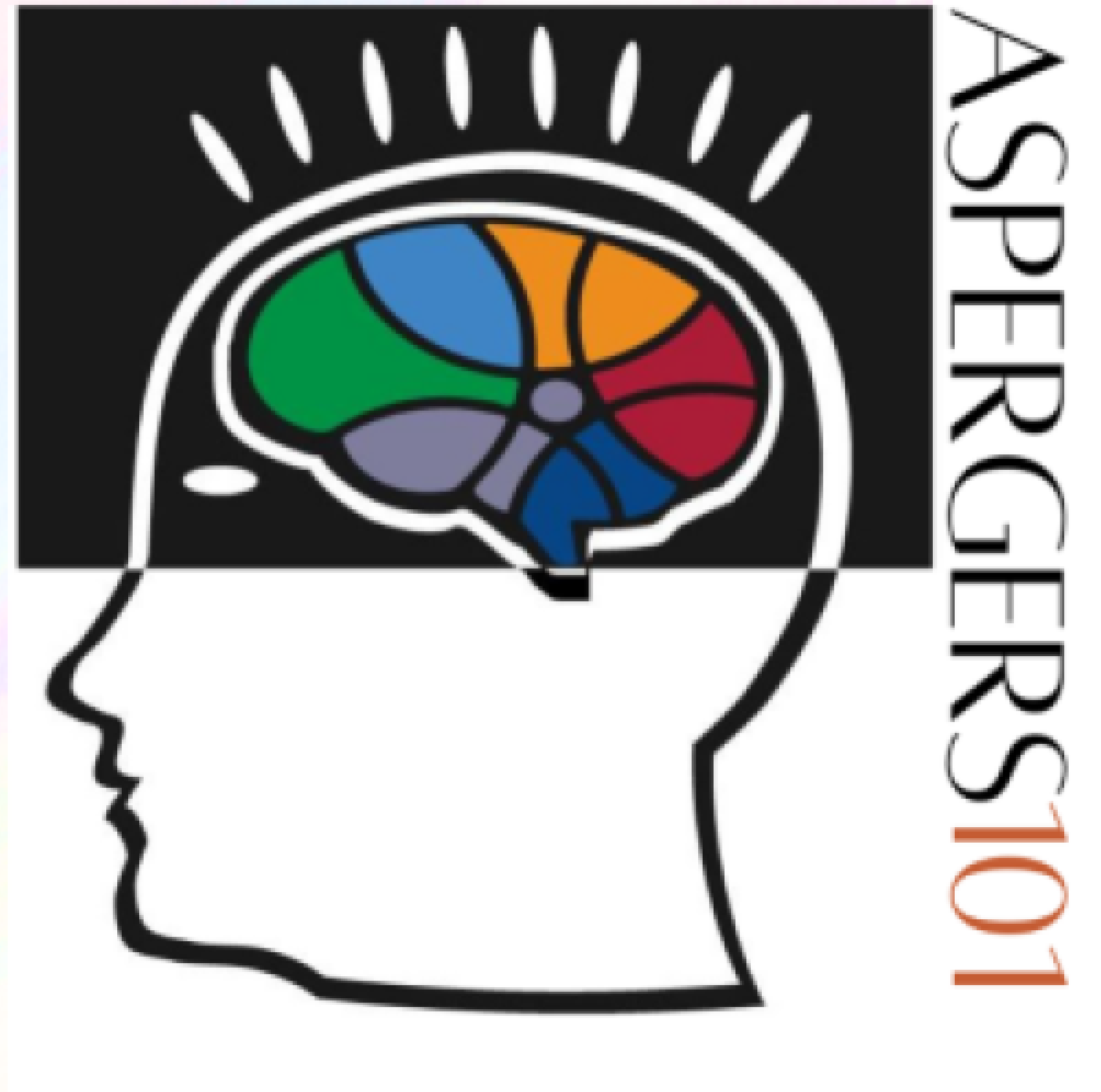Motivation is key when using reinforcement to change the behavior of individuals with Aspergers or HFA.
When you think about it, it makes sense that motivation is at the center of it all. If a child or individual is motivated, they are more willing to make certain changes in their behavior and do what you want.
Using motivation as a behavioral tool for change occurs for neurotypicals as well. For example, if there is a position available at work that someone wants, the individual will modify their behavior to increase the chances of obtaining that position. The specific change in behavior is a direct result of motivation (as in wanting the position). If the position was not available, the person would less likely be engaging in the changed behaviors.
That said, there are two ways to manipulate motivation:
Deprivation
Deprivation means reducing the amount of access your child has to the reinforcer, also known as the item or activity that will be used to motivate the child to increase or decrease behavior. Deprivation increases the value of the reinforcer.
Example: If a child absolutely loves Cheetos but has free access to them, a behavior analyst would use deprivation to increase the value of the Cheetos. Now the child can only access them if he or she performs as expected. Since the child has less access to the Cheetos but still loves them, the child is more willing to do what is asked to obtain the Cheetos—motivation.
Satiation
Satiation, on the other hand, means increasing the amount of access your child has to the reinforcer. Satiation is meant to decrease the value of the reinforcer, which is something to keep in mind when choosing a motivational tool.
Example: If a teenager receives an iPad, an object he is fascinated with, as a reinforcer and is the only reinforcer being used, it is likely that after a period of time the child will lose their interest in the iPad resulting in satiation (the iPad no longer has a strong value).
Behavior Analysts use deprivation to increase the value of the reinforcers to motivate the individual with Asperger’s or HFA, and are cautious of satiation to make sure the reinforcer does not lose its value. This encouragement can be used to help them to adapt in a situation or adjust behavior appropriately.
by Adriana Sanchez, MA, BCBA
Providing the weekly Medical Blogs are the team of professionals, doctors, occupational and behavioral therapists at San Antonio’s premiere Autism Diagnostic Clinic, the Autism Community Network.
Contributors include:
Executive Director Dr. Loree Primeau
Medical Director Dr. A Patricia Del Angel
Training and Research Director Dr. Berenice de la Cruz
Carrie Alvarado, OTR, PhD©, DIR/Floortime-Certified
Lupe Castaneda, MS, BCBA
Adriana Sanchez, MA, BCBA
Dr. Gayla Aguilar, OTR, OTD, C-SIPT
Megan Kunze, MA, BCBA
The ACN teams works to maximize the potential of children with autism through their administrative, clinic, training and development departments. Their expertise on Aspergers Syndrome is offered to you through aspergers101.com.


